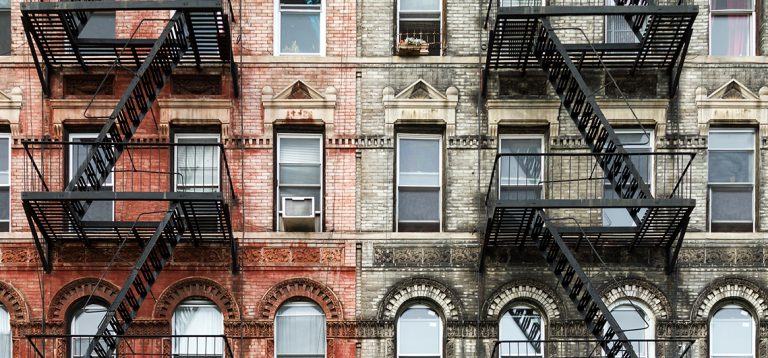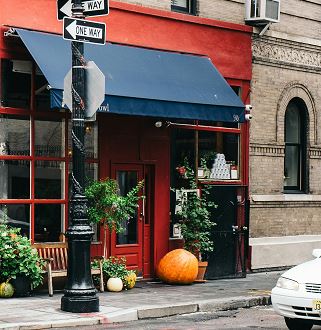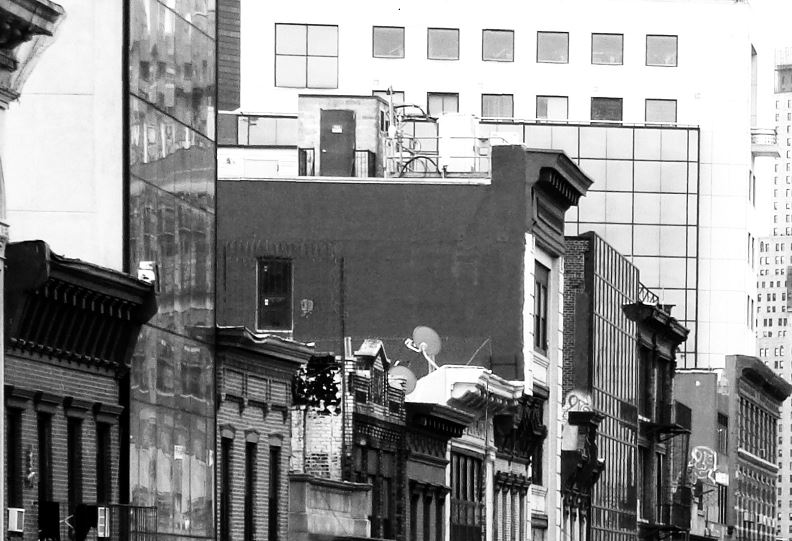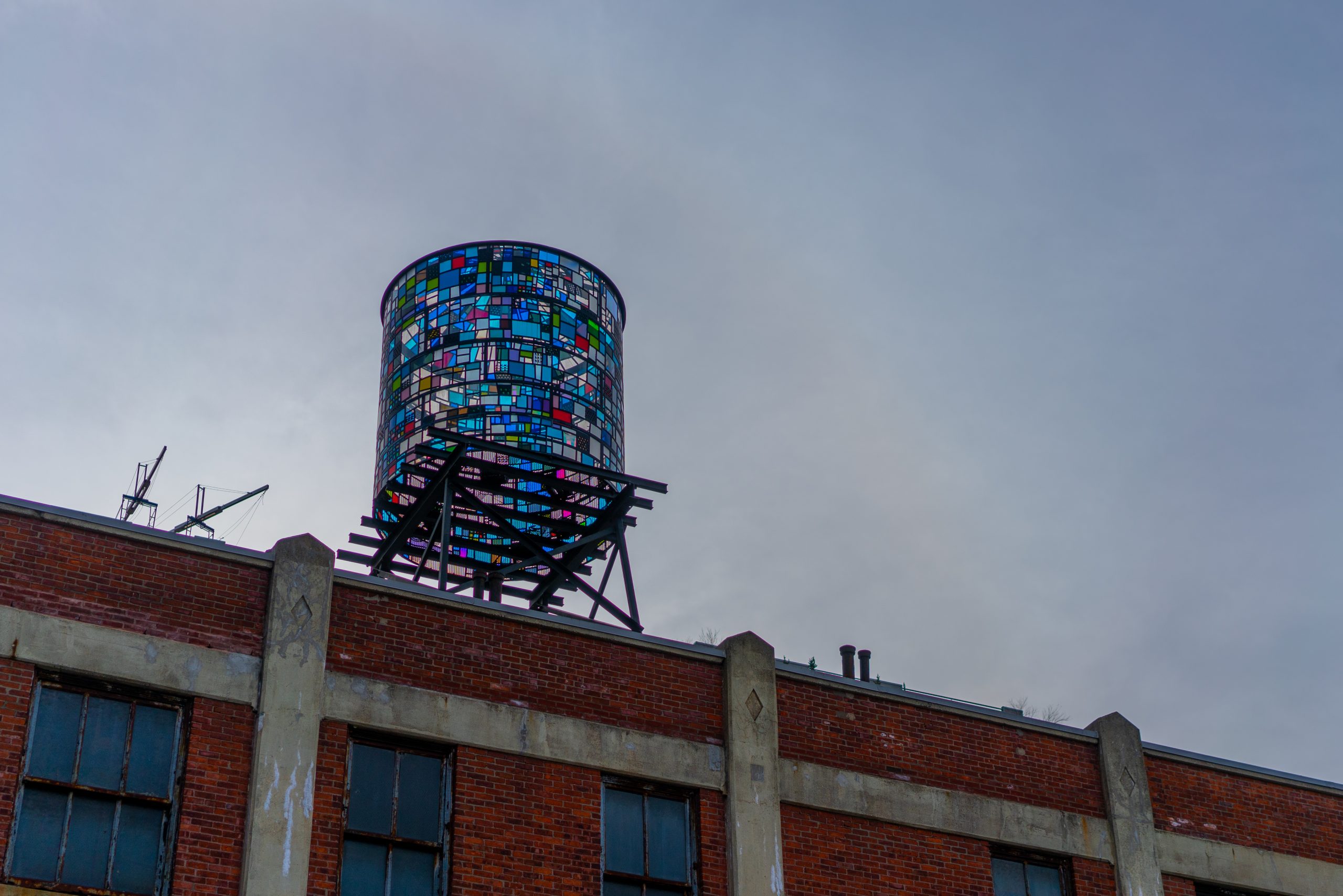Cameras in Landlord and Tenant Cases – Michelle’s L&T CLE for Lorman
April 26, 2017
On April 25, 2017, Michelle Itkowitz taught a continuing legal education class for Lorman Education Services entitled, “Fundamentals of New York Landlord and Tenant Law”. Michelle loves working with Lorman, she taught her first CLE ever for then, almost 20 years ago, back when you had to do CLE live at the Javits Center. We have all come a long way since then!
Below is an excerpt of the materials from the program. Michelle wrote a whole new section on cameras in landlord and tenant cases.
VII. CAMERAS
A. Why cameras?
There are certain cases that I refuse to bring on behalf of a landlord-client if the client has not properly installed cameras outside of the subject apartment. These include:
• non-primary residence cases
• illegal sublet cases
• illegal short-term sublet cases (like Airbnb)
• succession rights cases, and
• many types of nuisance cases.
Such cases are almost un-winnable without a camera.
Let us consider a non-primary residence case, for example. In the Rent Stabilized context, a tenant must reside in his or her apartment as his or her primary residence. Therefore, the first thing that a landlord needs to prove in a non-primary residence case is that the tenant is NOT there. How could a landlord prove that the tenant is not there? The following is a sample colloquy between a lawyer and a landlord-client on this topic.
Landlord: The tenant in B5 no longer lives in the apartment as his primary residence.
Lawyer: How do you know that tenant does not live in the subject apartment anymore?
Landlord: Because he isn’t there.
Lawyer: I heard you say that already. But how do you know? What is the source of your knowledge?
Landlord: The super.
Lawyer: The super lives on the same floor as the tenant and is home all day long?
Landlord: No the super doesn’t live on tenant’s floor and he is obviously out and about all day.
Lawyer: The super lives in the building at least?
Landlord: No, the super lives in another building.
Lawyer: OK, so the super attends to only the tenant’s building?
Landlord: No, the super cares for ten buildings, tenant’s building is one of the ten.
Lawyer: So, if the super works 40 hours per week, and tenant’s building is one of ten, at best he or she spends about 4 hours per week in tenant’s building?
Landlord: I don’t know; maybe more.
Lawyer: So what is the super (who is already a biased witness because he is testifying on behalf of his employer) going to testify to, that in the four hours per week that he is in the building he never sees tenant around?
Landlord: Something like that, I guess.
Lawyer: Then you lose. Because tenant will come in and testify that she lives in the apartment, and you have not done anything significant to discredit her.
Landlord: Well a private investigator got me a printout that shows that someone with the same name as tenant owns a house in the Catskill Mountains.
Lawyer: What name is that?
Landlord: “John Smith”.
Lawyer: That is a very common name. Does anything else in the report connect tenant to that address?
Landlord: No.
Lawyer: Even if Tenant John Smith of Apt. B5 does own that house in the Catskill Mountains, what are you going to do when Smith says this is just a summer home he only goes to occasionally and he rents it out to others for investment purposes?
Landlord: Well, I just know tenant doesn’t live there. I just know it.
Lawyer: Does the super ever see anyone else coming and going from the subject apartment?
Landlord: No.
Lawyer: Has the tenant had any repairs done in the apartment recently?
Landlord: 18 months ago he complained of a leak and we went in and fixed it.
Lawyer: Well that suggests to me that tenant lives there.
Landlord: I just know tenant doesn’t live there. I just know it.
Lawyer: Your psychic knowledge or strong hunch is NOT admissible evidence. You need ADMISSIBLE PROOF in a court.
A picture (or a video) is worth a thousand words, or a thousand guesses and speculations.
Cameras are cheaper than legal fees. If a landlord is not willing to pay for cameras, he is not going to be willing to pay legal fees for a protracted trial that landlord is likely to lose.
B. How to do cameras correctly.
Cameras should be set up by a professional licensed private investigations and/or security firm. The more experience the company has with this type of work, the better.
First, the camera must be set up so that it does NOT look into the tenant’s apartment when the door is opened, thus invading tenant’s privacy. See more about that below.
The camera must be set up so that it gets a clear view of the subject apartment, but not so that multiple apartments are under surveillance, because then there will be a lot of unnecessary footage to review.
The camera should be motion activated; otherwise, it will be difficult to review all the footage.
Landlord’s counsel needs to work closely with the surveillance camera technologists to streamline both the technical and legal process involved with utilizing cameras, or the evidence obtained from the cameras might not be admissible. A videotape must be “authenticated” before it can be used as evidence in a court proceeding. Testimony from someone who has knowledge of the circumstances and who actually reviewed the footage is usually sufficient.
I strongly prefer that the same person:
• install the camera;
• maintain the camera (i.e. changes its batteries);
• retrieves the data card from the camera and take it to where it will be stored;
• superintend the storage system;
• review the footage; and
• produces a detailed log of what each incident reveals.
This person is your witness in court!
Landlord’s counsel can see why attending to the details of this type of thing BEFORE a case gets started is vital to bringing a healthy case. Tenant’s counsel can also see how useful it is when landlord’s counsel leaves this important evidentiary work unattended to until trial.
C. Cameras Legality
Courts in New York have ruled that tenants have an expectation of privacy inside their apartment behind the closed entry door. Otero v. Houston Street Owners Corp., 2012 WL 692037 (Sup. Ct. NY. Co.); see also People v. Mercado, 68 N.Y.2d 874 (1986) (“Once the door is closed, an individual is entitled to assume that while inside he or she will not be viewed by others”).
On the other hand, New York courts have found that residents in multi-family buildings lack a reasonable expectation of privacy in the building’s common areas, such as lobbies, stairwells and hallways because it is accessible to other persons. People v. Funches, 89 N.Y.2d 1005, 1007 (1997).






